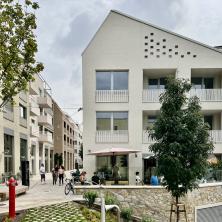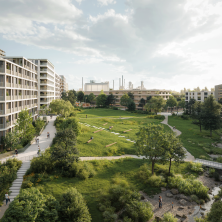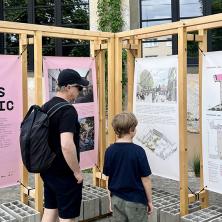Obchodná Street Retail Study, Bratislava, Slovakia

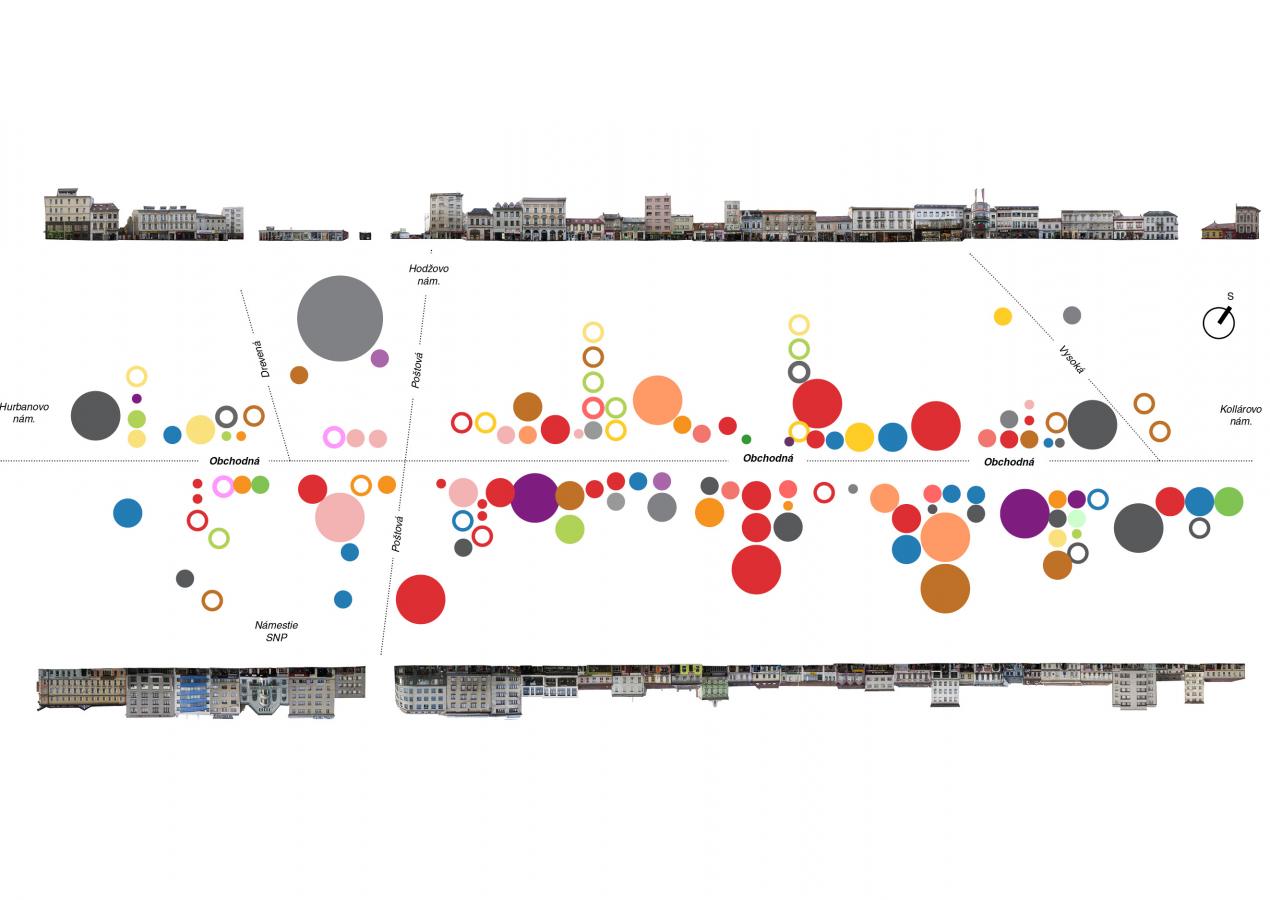
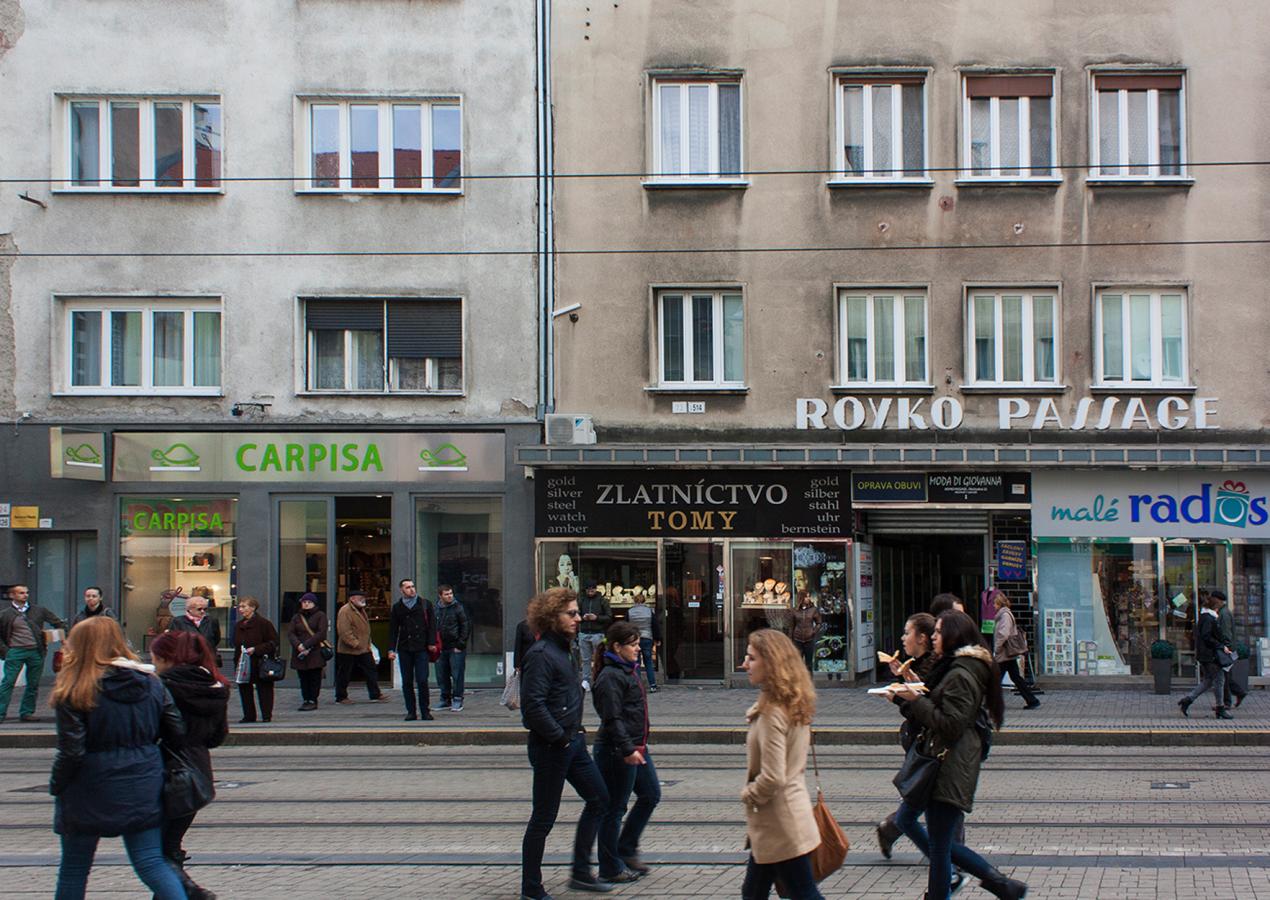
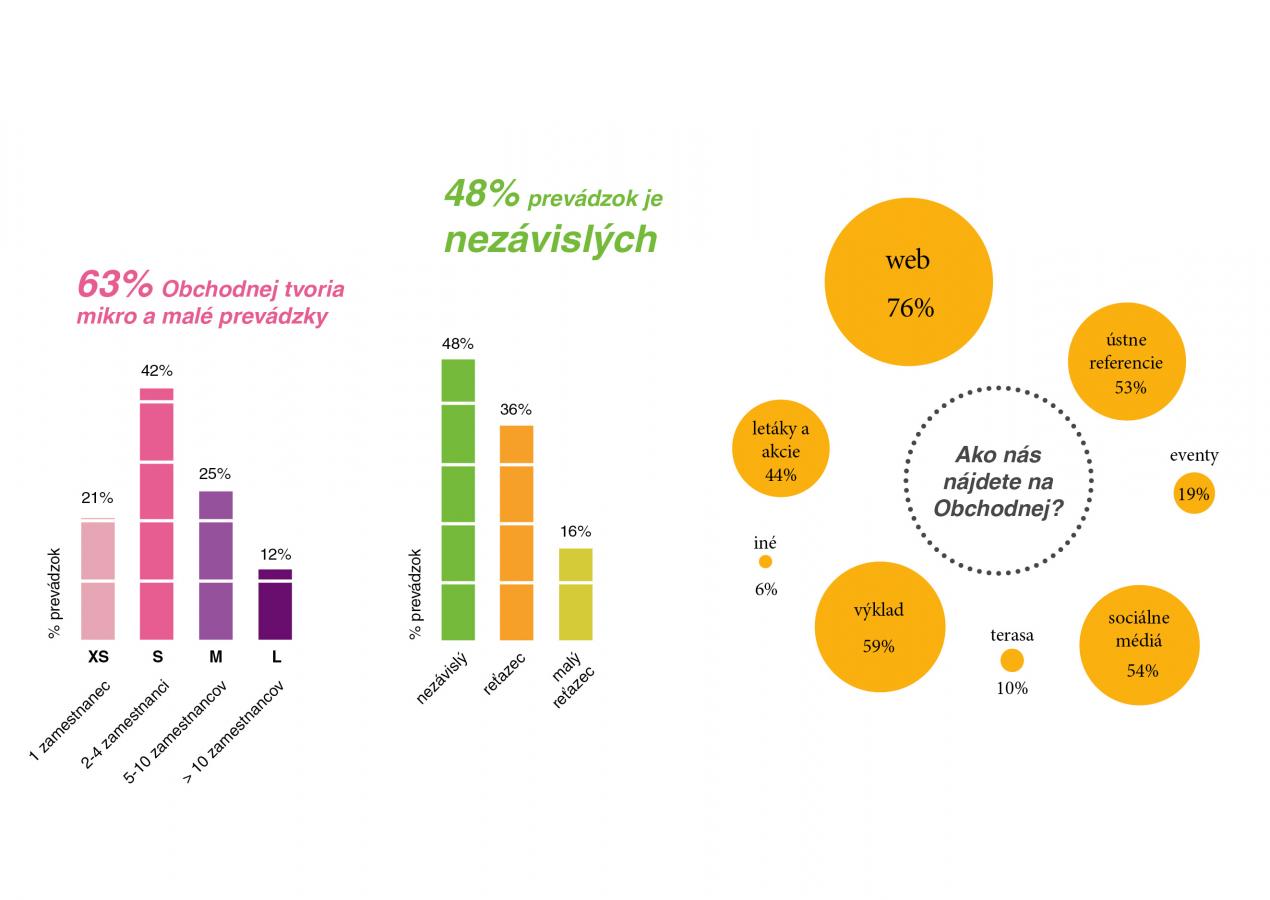
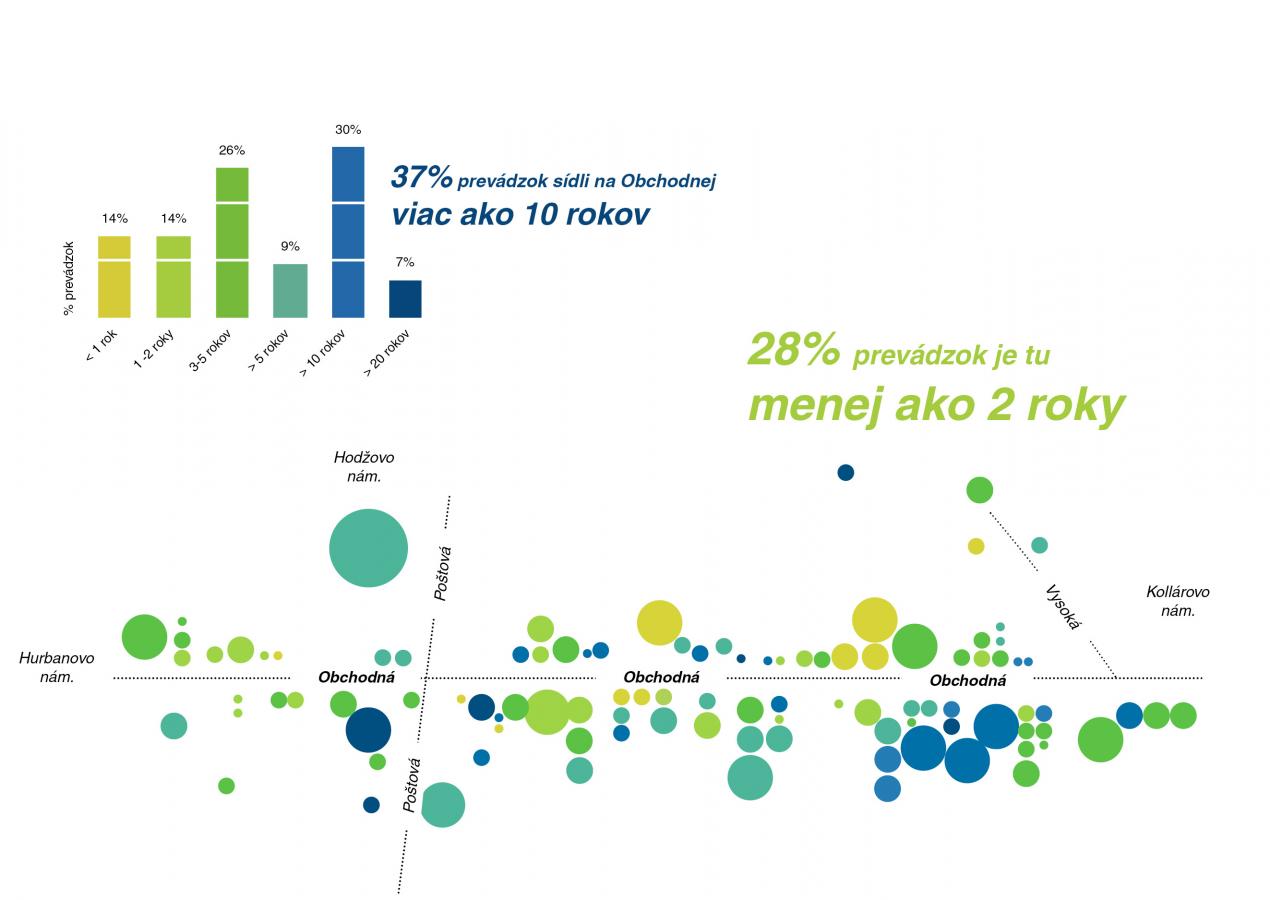
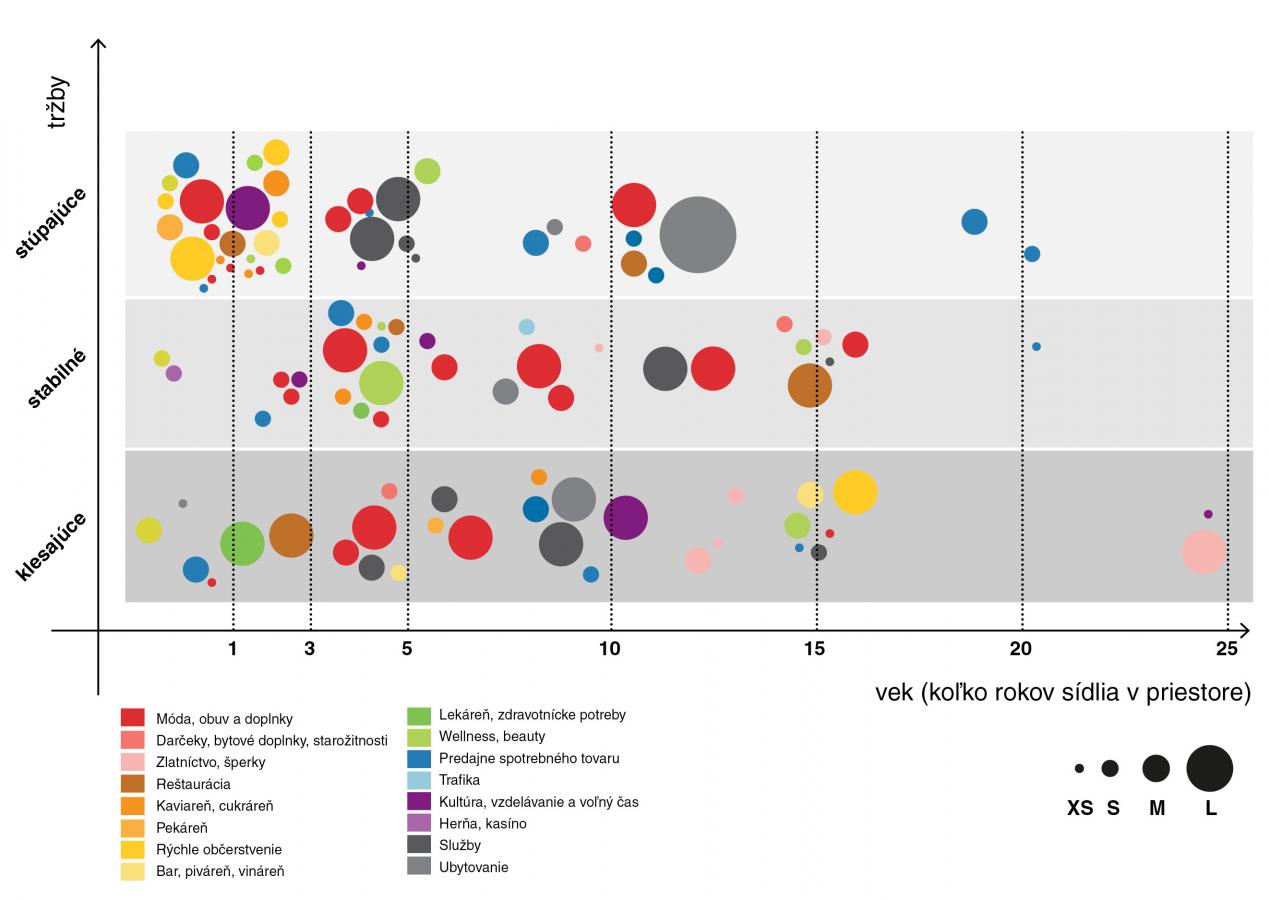
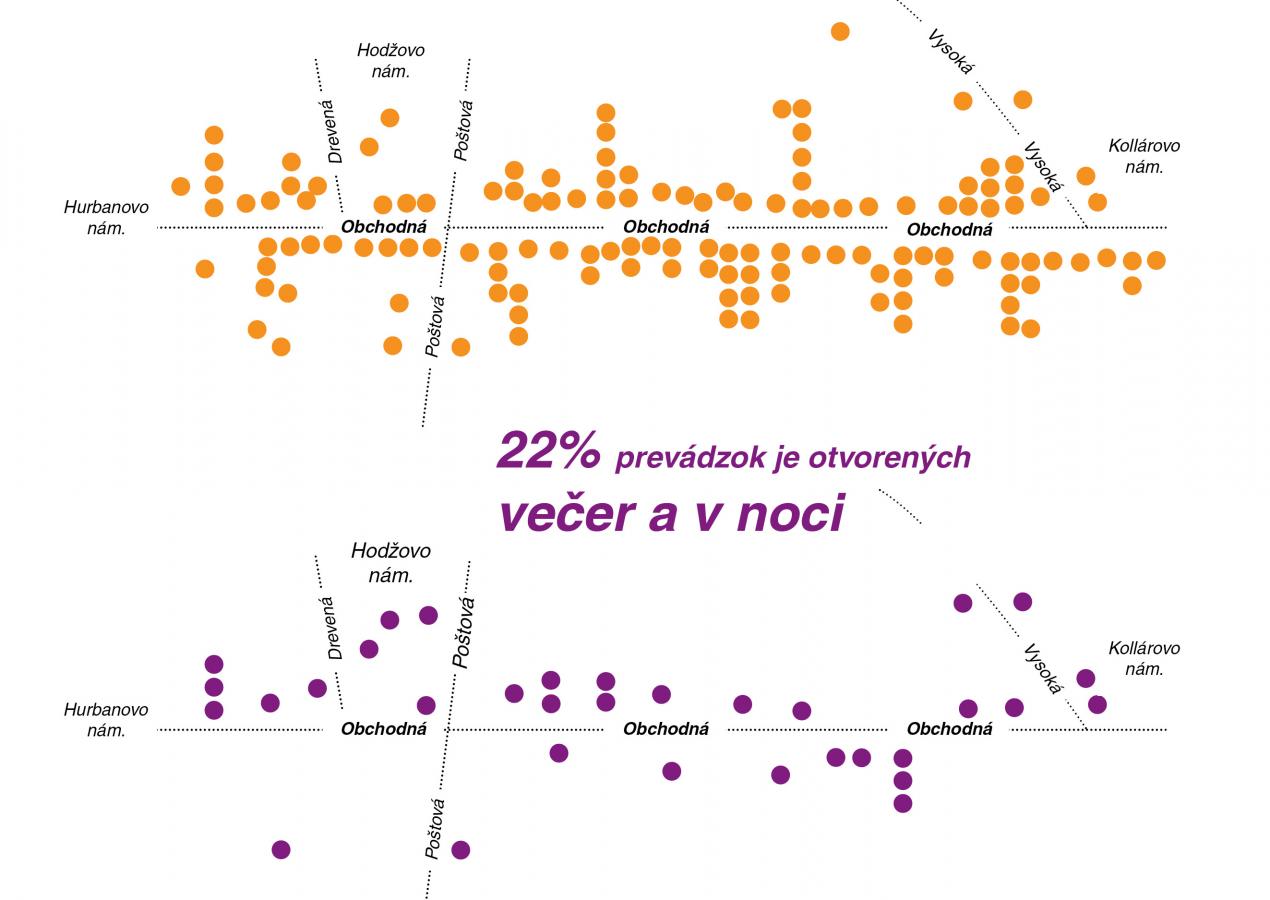

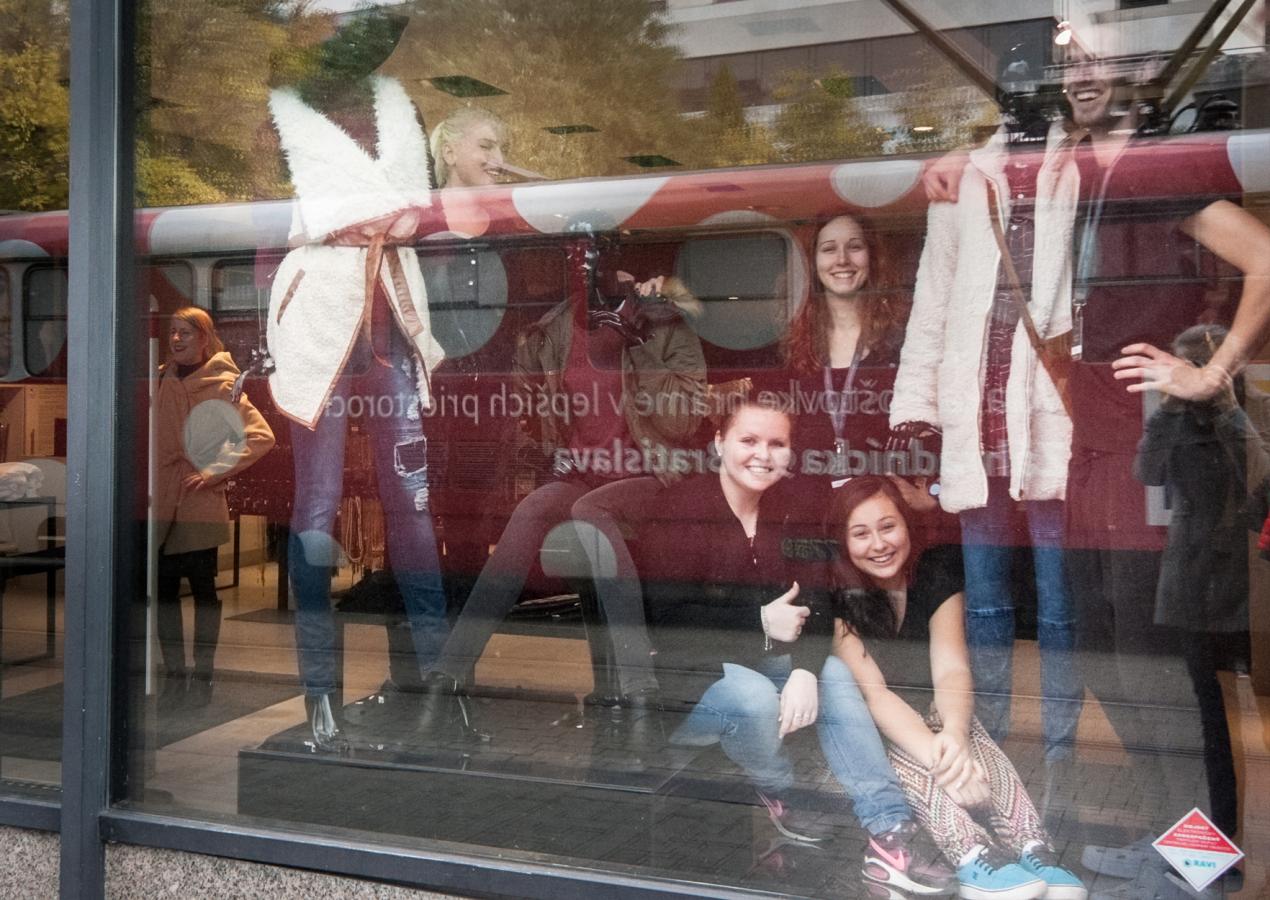
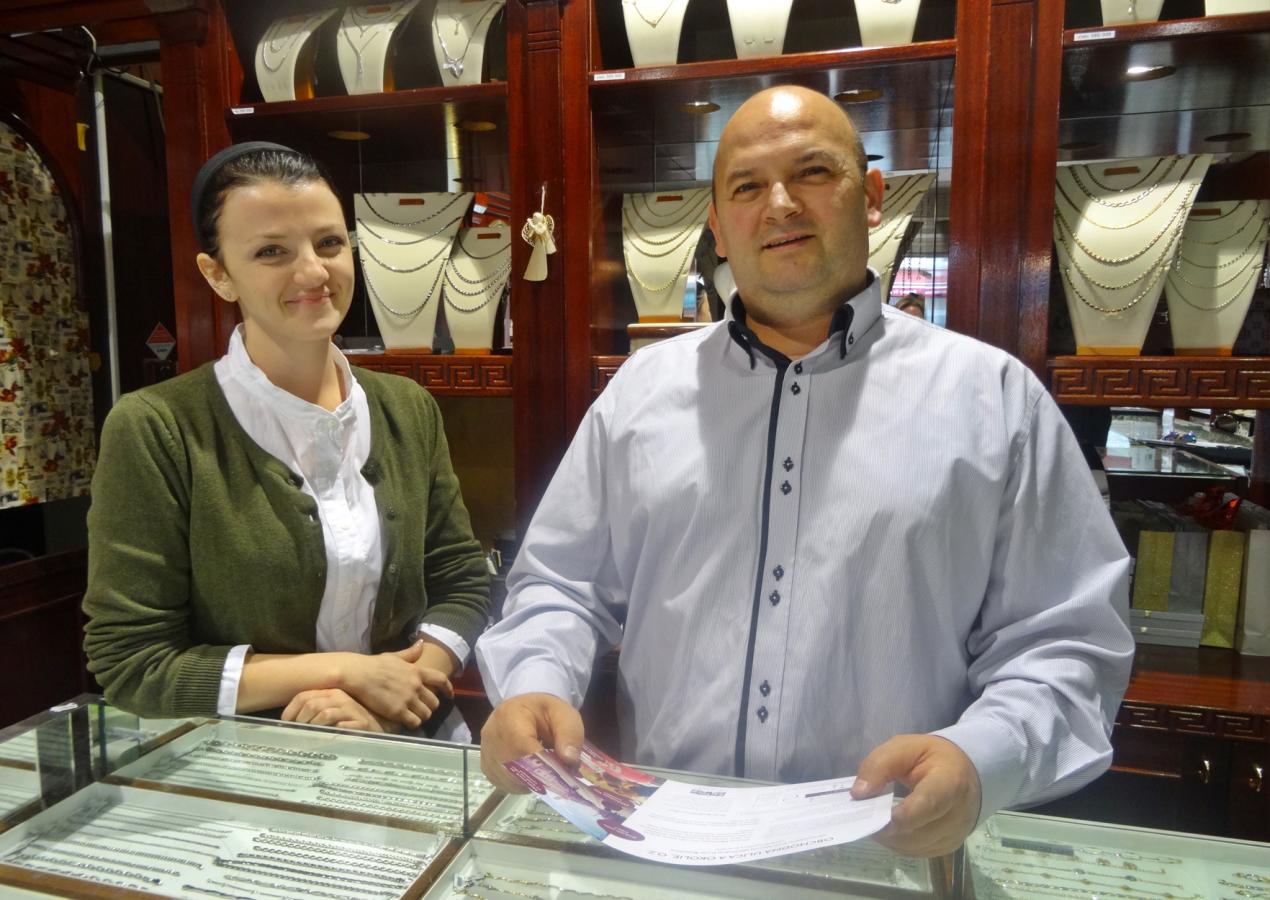
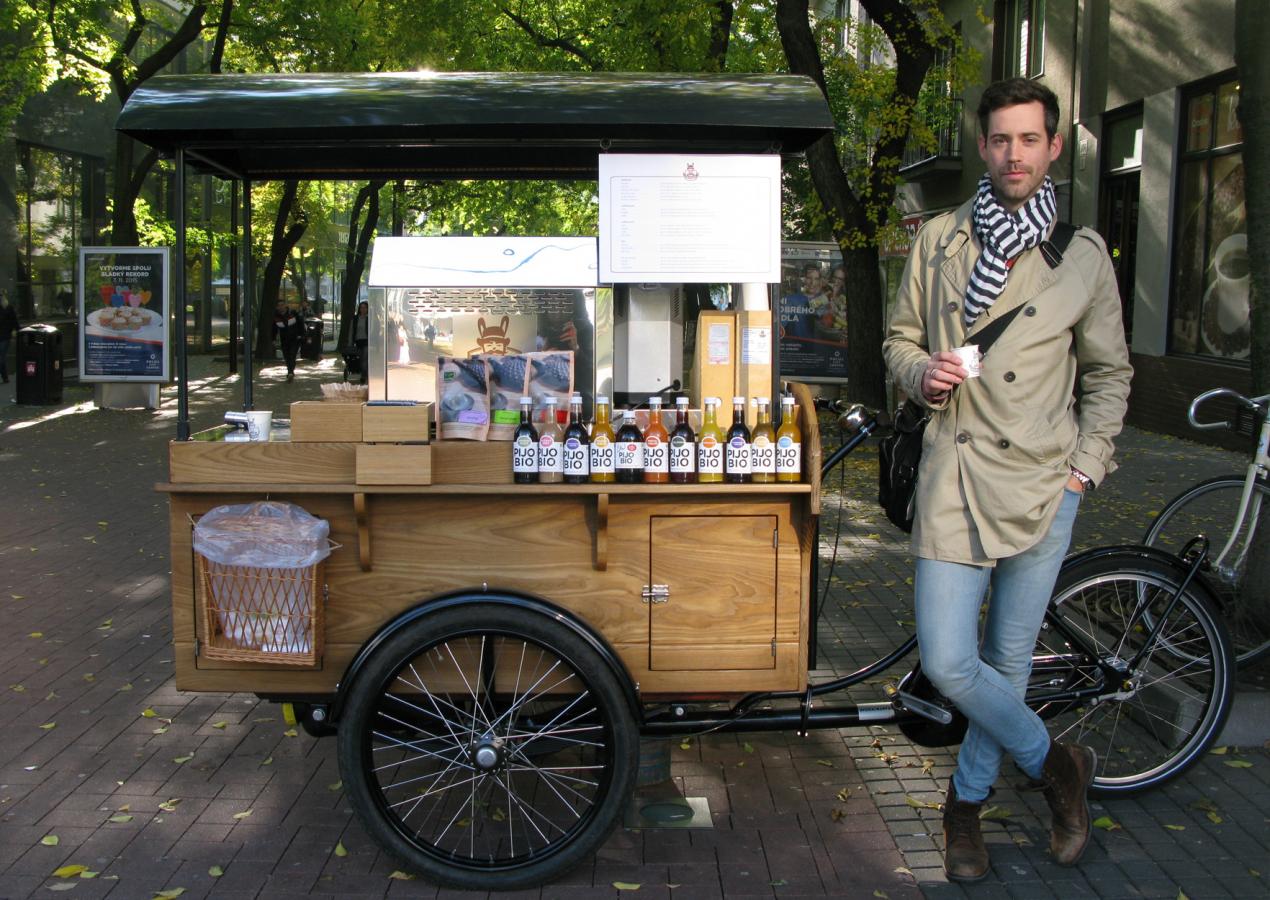
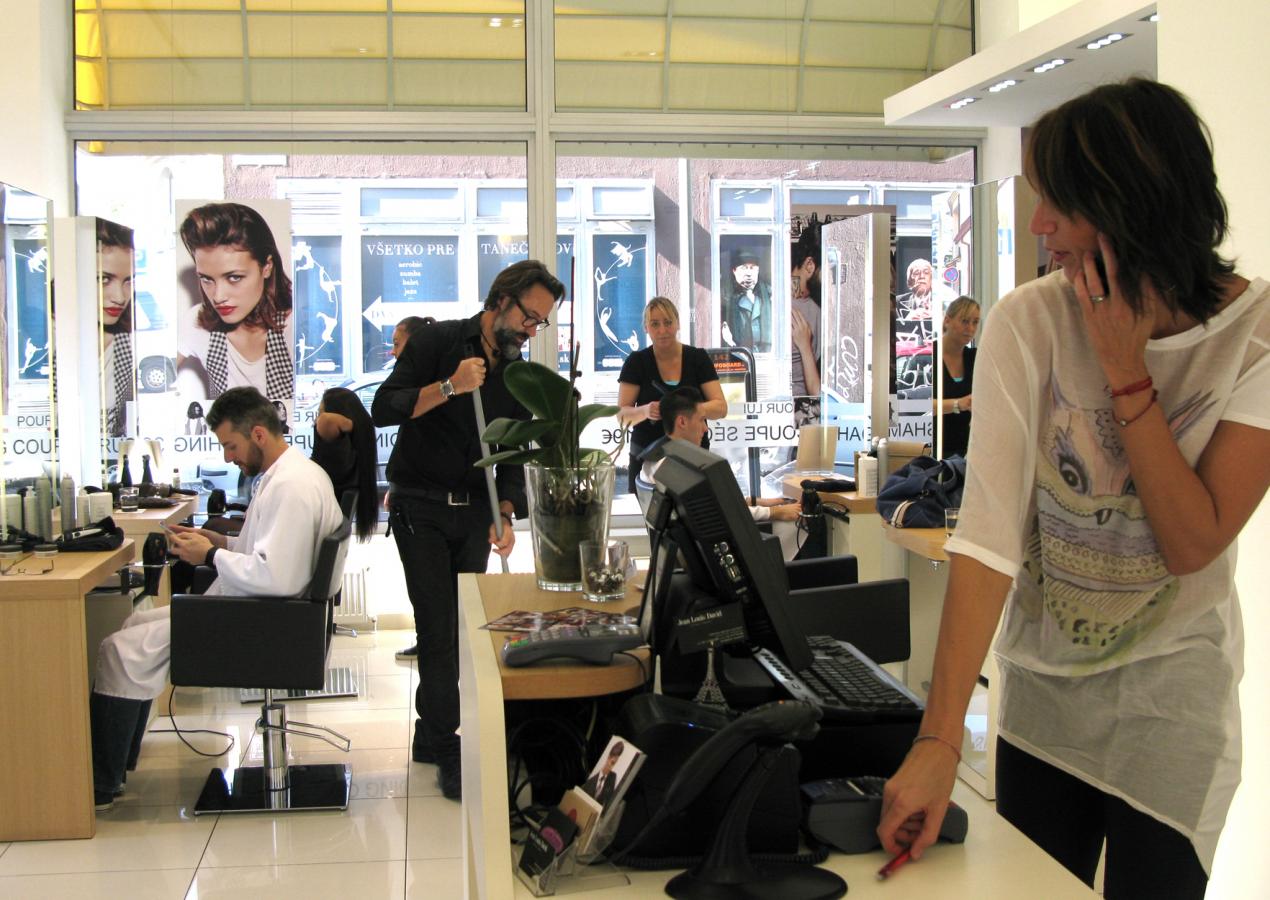

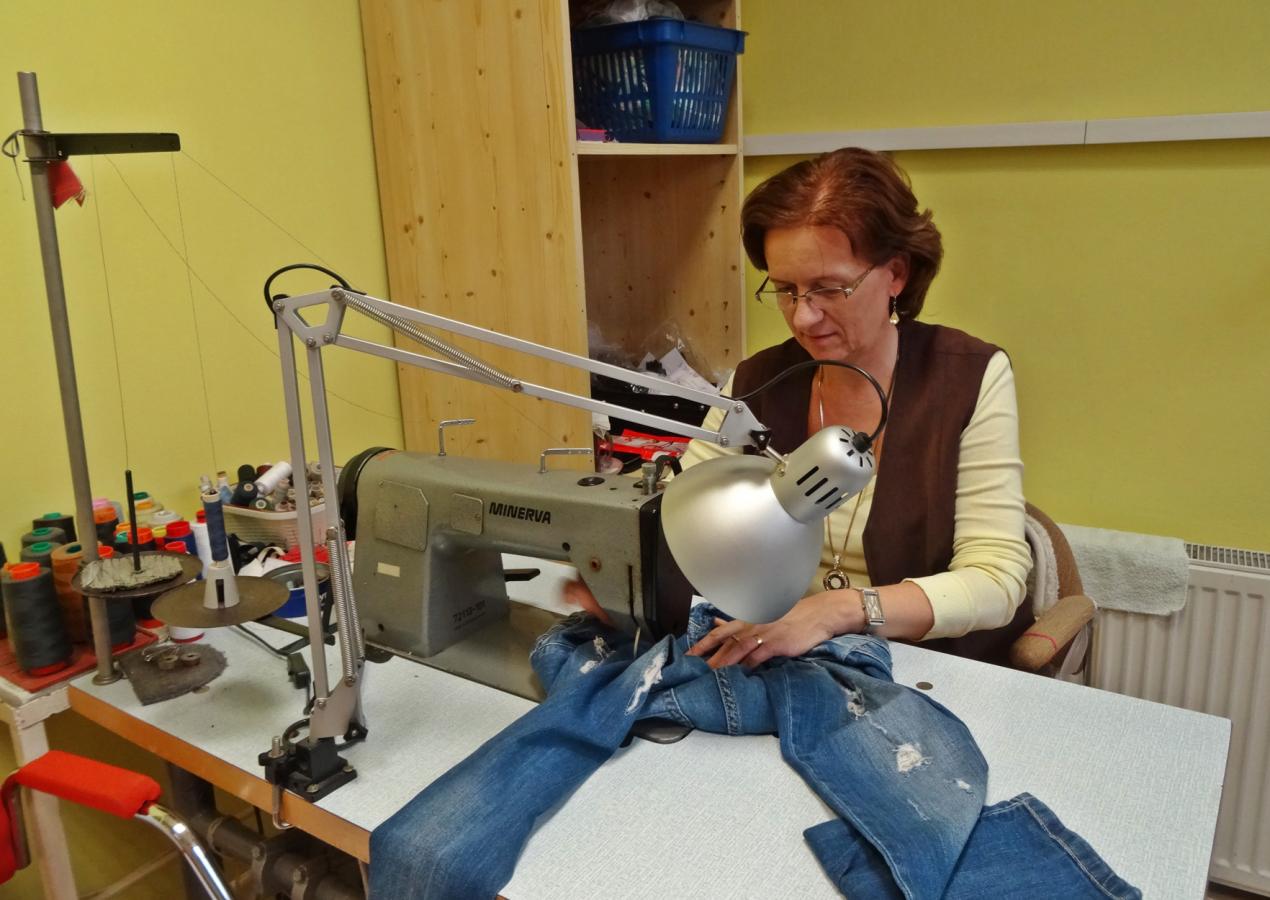
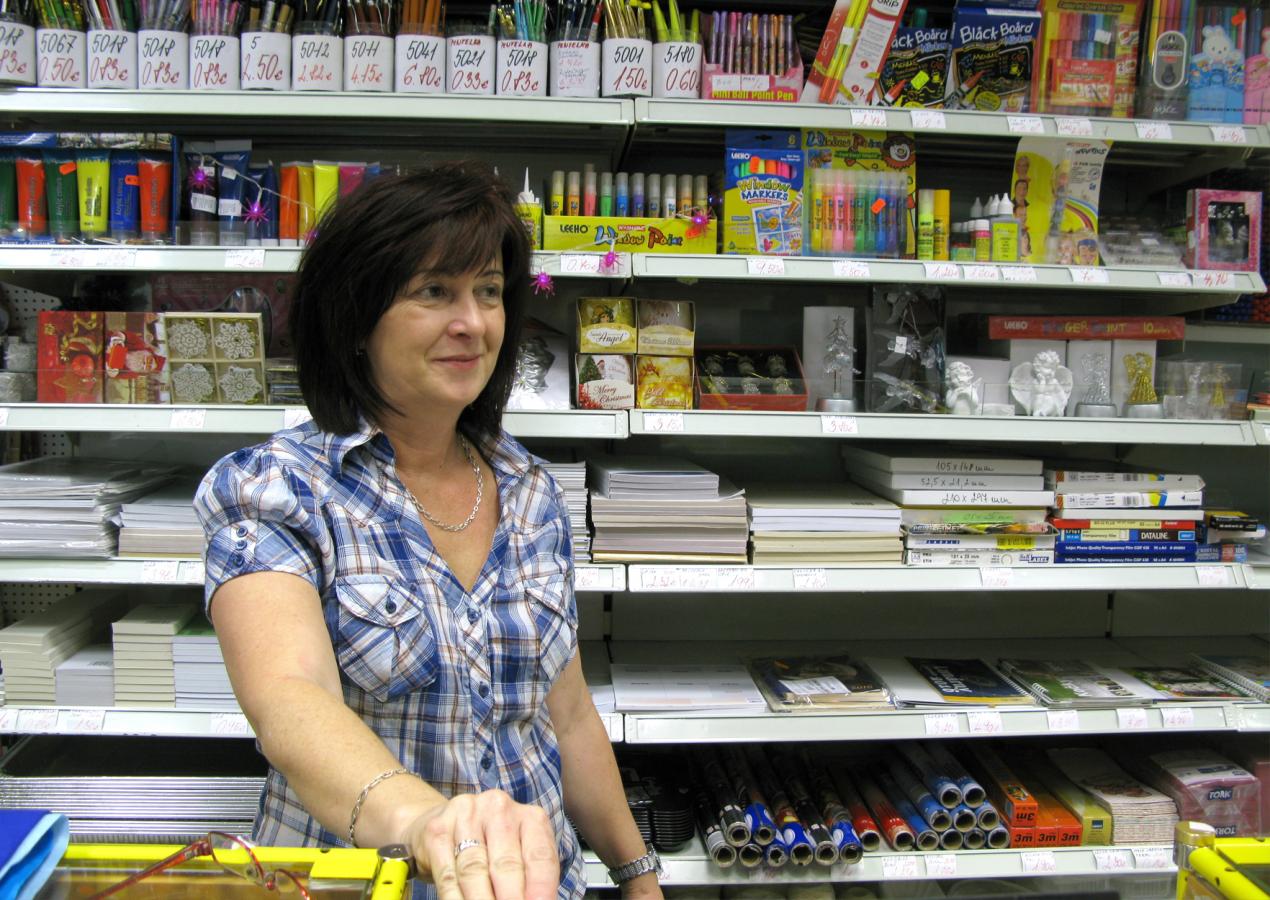
2015
Team: Marko&Placemakers - Petra Marko, Milota Sidorová, Igor Marko
Client: Obchodná ulica a okolie o.z.
Photographs: Marko&Placemakers research team, Leontína Berková, Obchodná ulica a okolie o.z.
The socio-economic retail study of Obchodna Street is the first of its kind in Slovakia and helps to identify key problems and potentials of this historically important shopping destination. The study was commissioned by the citizens' initiative Obchodna ulica a okolie (Obchodna Street neighbourhood) which brings together business owners and stakeholders with the aim to develop a long-term vision and coordinated concept for a new business improvement district in this part of the city.
The research combines qualitative and quantitative methods based on interviews with more than 120 businesses, providing an overview of the economic and social aspects of the street to inform and steer its future transformation. Engaging visual interpretation of key statistics is complemented by ethnographic profiles of selected businesses that capture the people and local character of this dynamically changing urban space. An audit of public space, access and movement help build up a holistic picture of the area's potentials.
Despite rapidly changing retail trends and new urban developments affecting the city, the study reveals that Obchodna Street has a good basis and realistic potential for positive transformation. The findings show resilience against shopping malls that aggressively expanded into central areas of Bratislava in 1990s influencing general consumer habits. The fact that almost half of the shops on Obchodna Street are independent is precisely its competitive advantage over generic experience offered by the shopping malls.
However, the content and spatial diversity of the retail offer is often negatively interpreted through formal inconsistency, lack of parking or lack of greenery. Paradoxically, diversity, inclusiveness and good public transport accessibility are fundamental qualitative parameters for long-term sustainability of this unique place. The research reveals vast reserves in the mental image and branding of the street, which will be subject to future psychological transformation.

